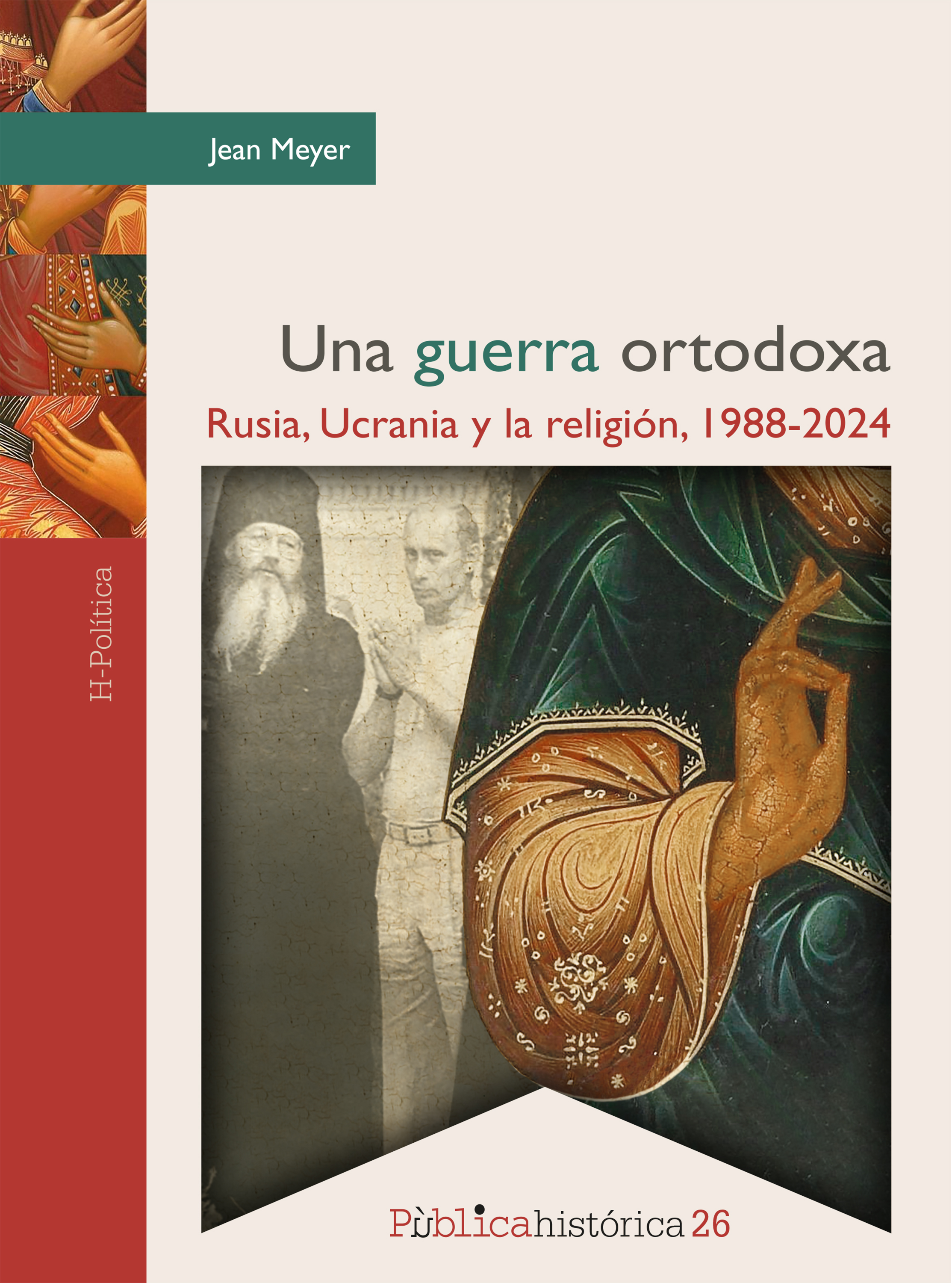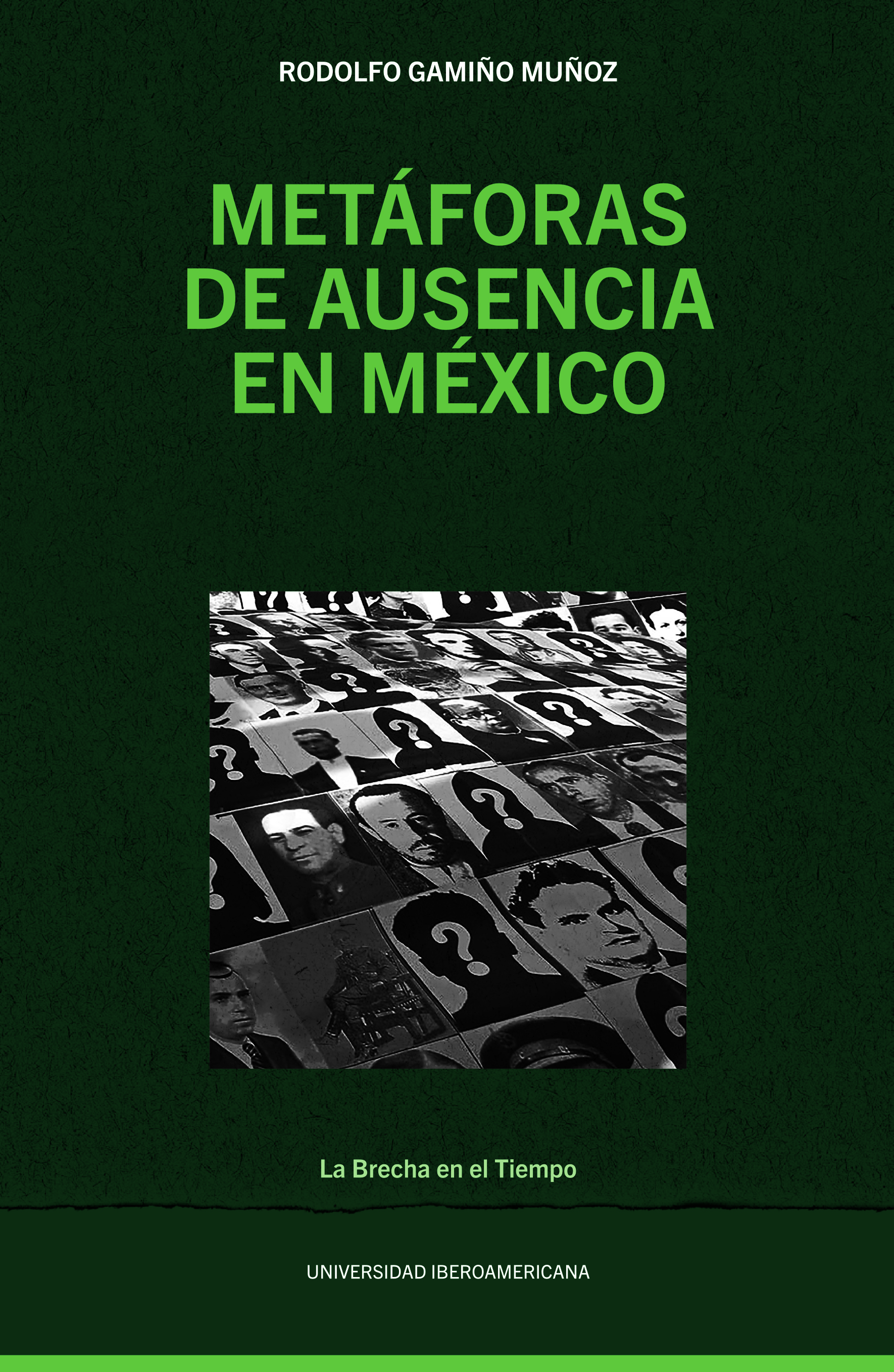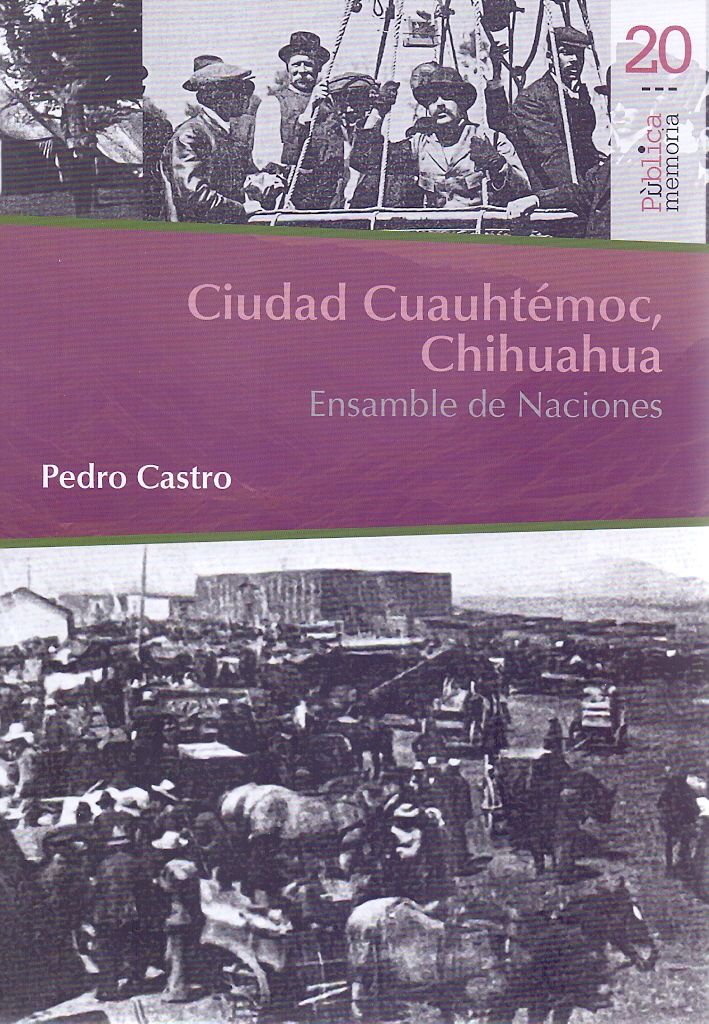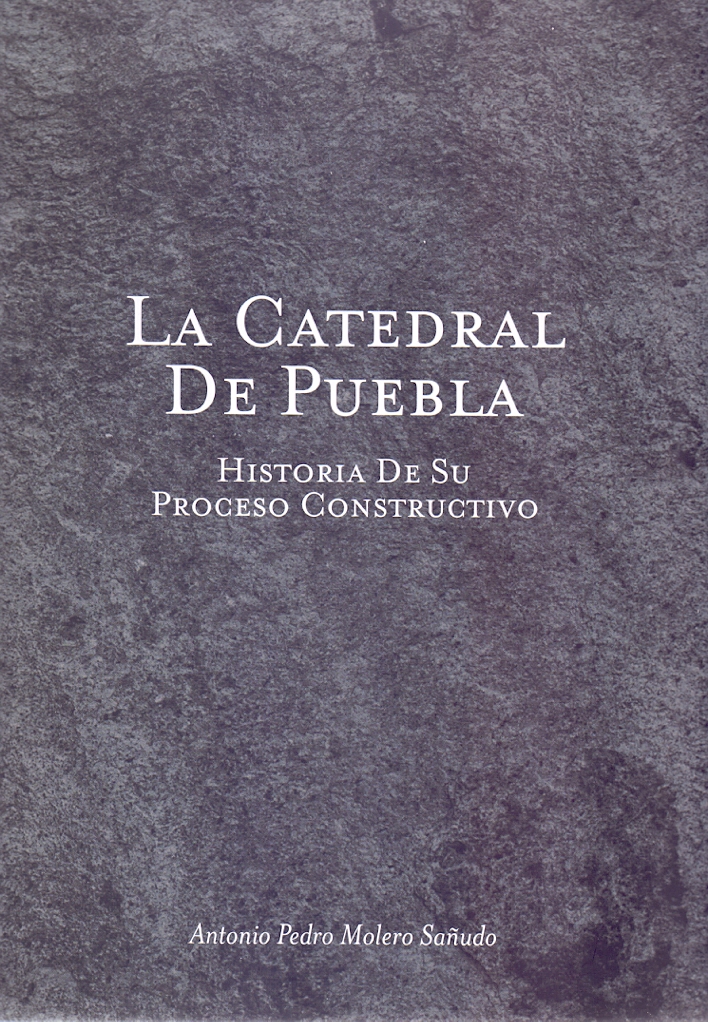Libros relacionados
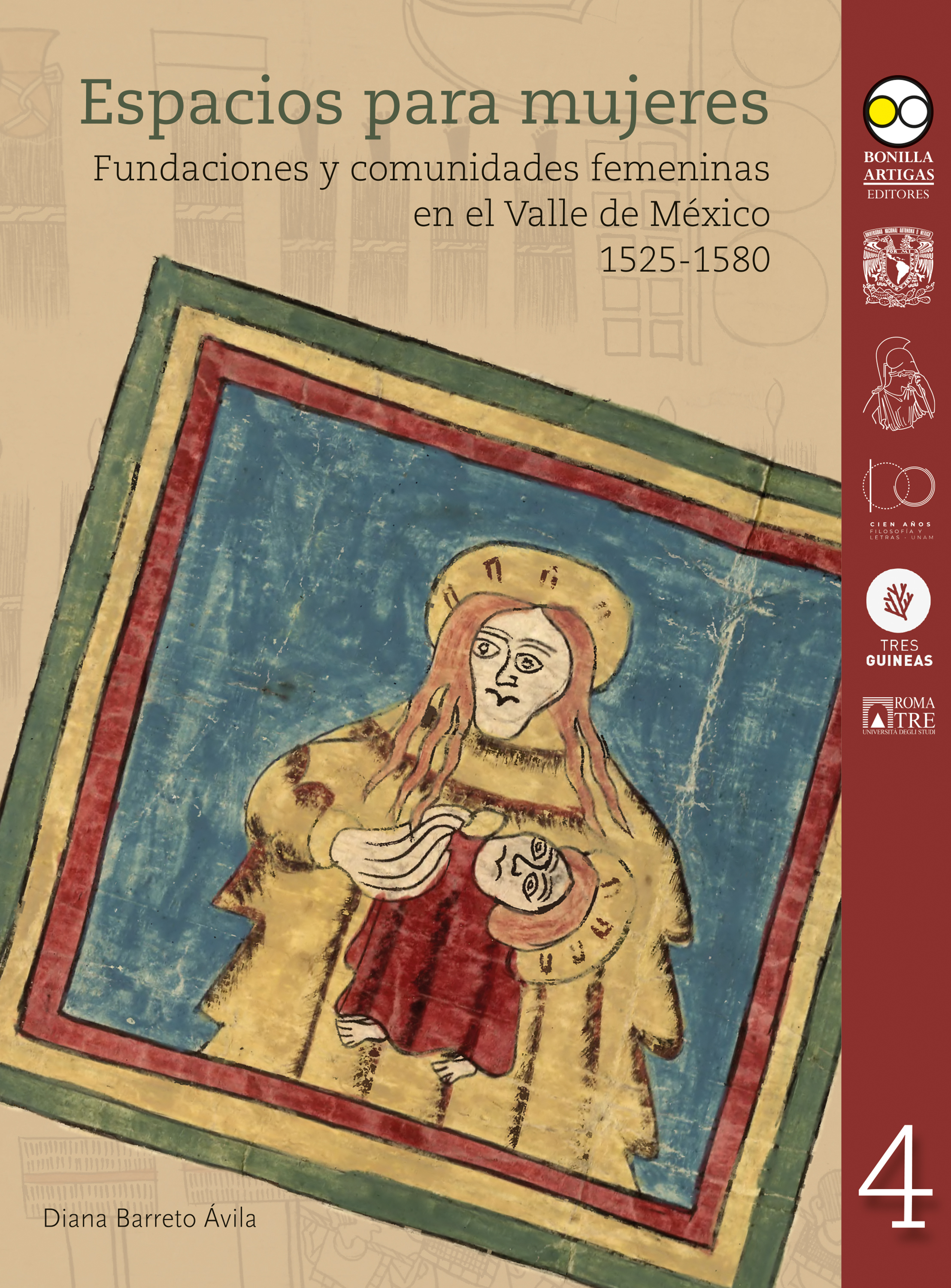 |
Espacios Para Mujeres: Fundaciones y Comunidades Femeninas en el Valle de Méxic Barreto Ávila, Diana Bonilla Artigas Editores |
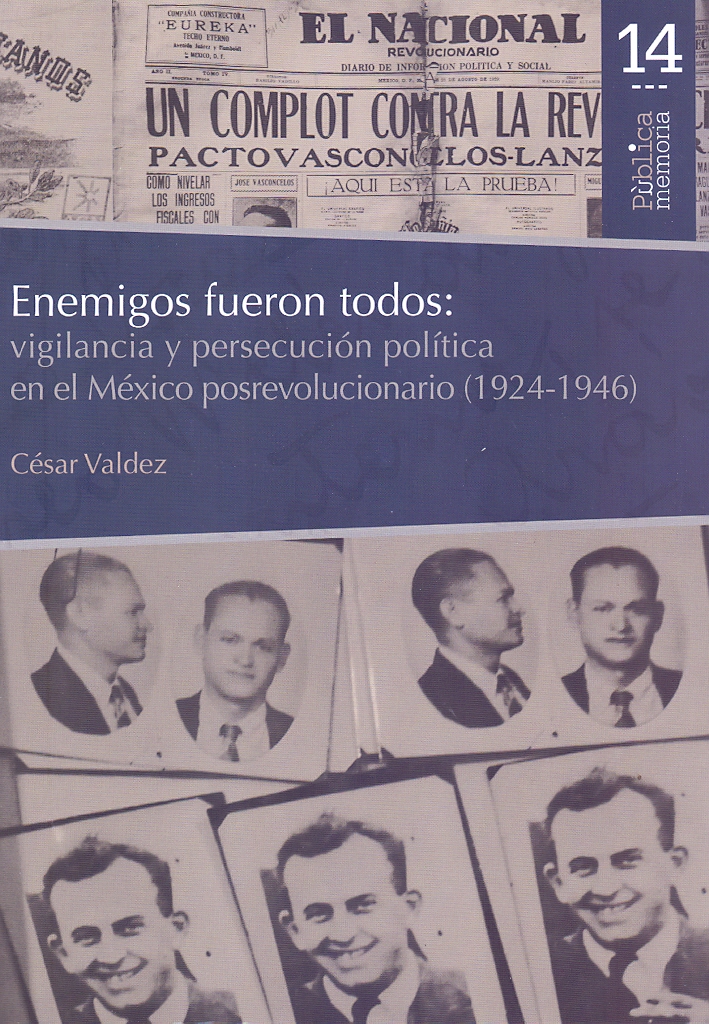 |
Enemigos Fueron Todos: Vigilancia y Persecución Política en el México Posrevoluc Valdez César Bonilla Artigas Editores |
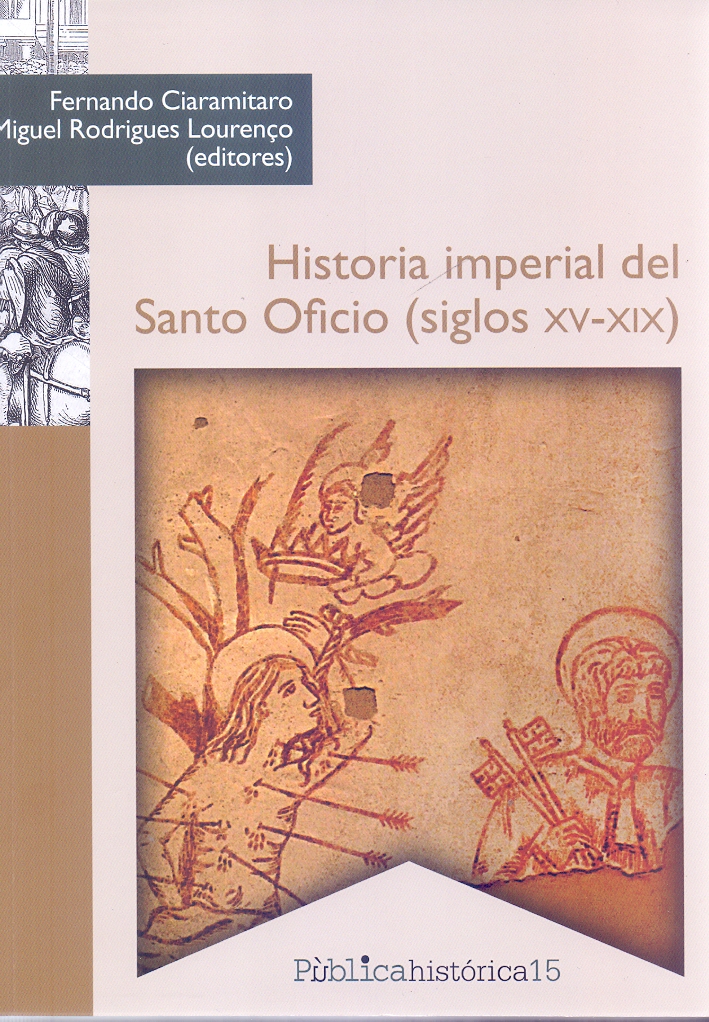 |
Historia Imperial del Santo Oficio (Siglos XV-Xix) Fernando Ciaramitaro, Miguel Rodrigues Lourenço Bonilla Artigas Editores |
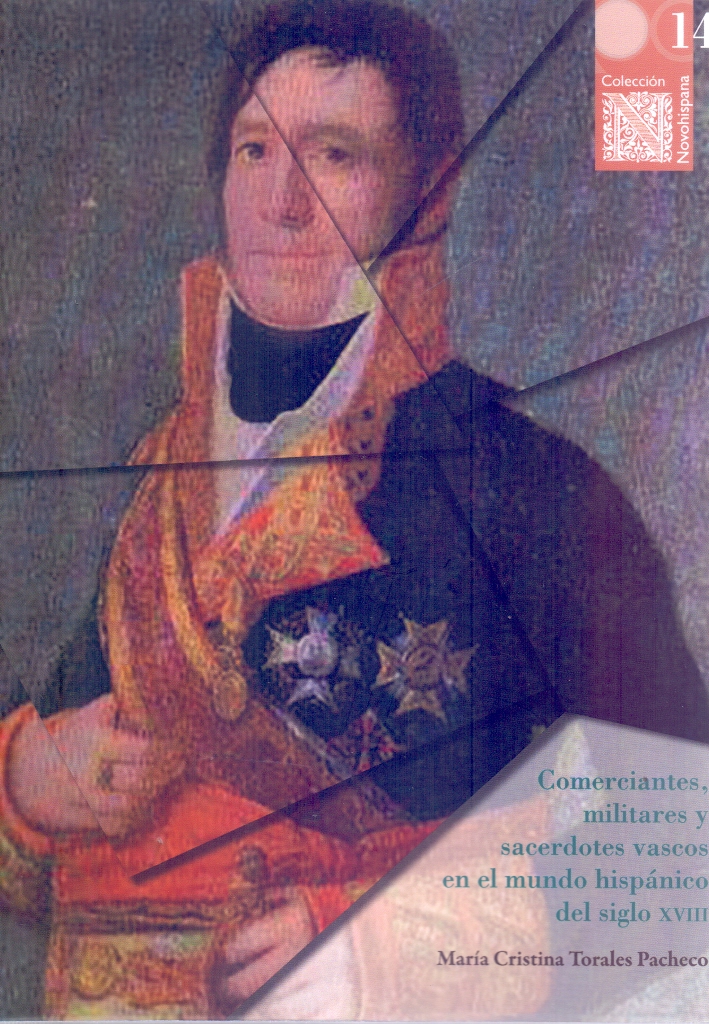 |
Comerciantes, Militares y Sacerdotes Vascos en el Mundo Hispánico del Siglo XVII Torales Pacheco, María Cristina Bonilla Artigas Editores |
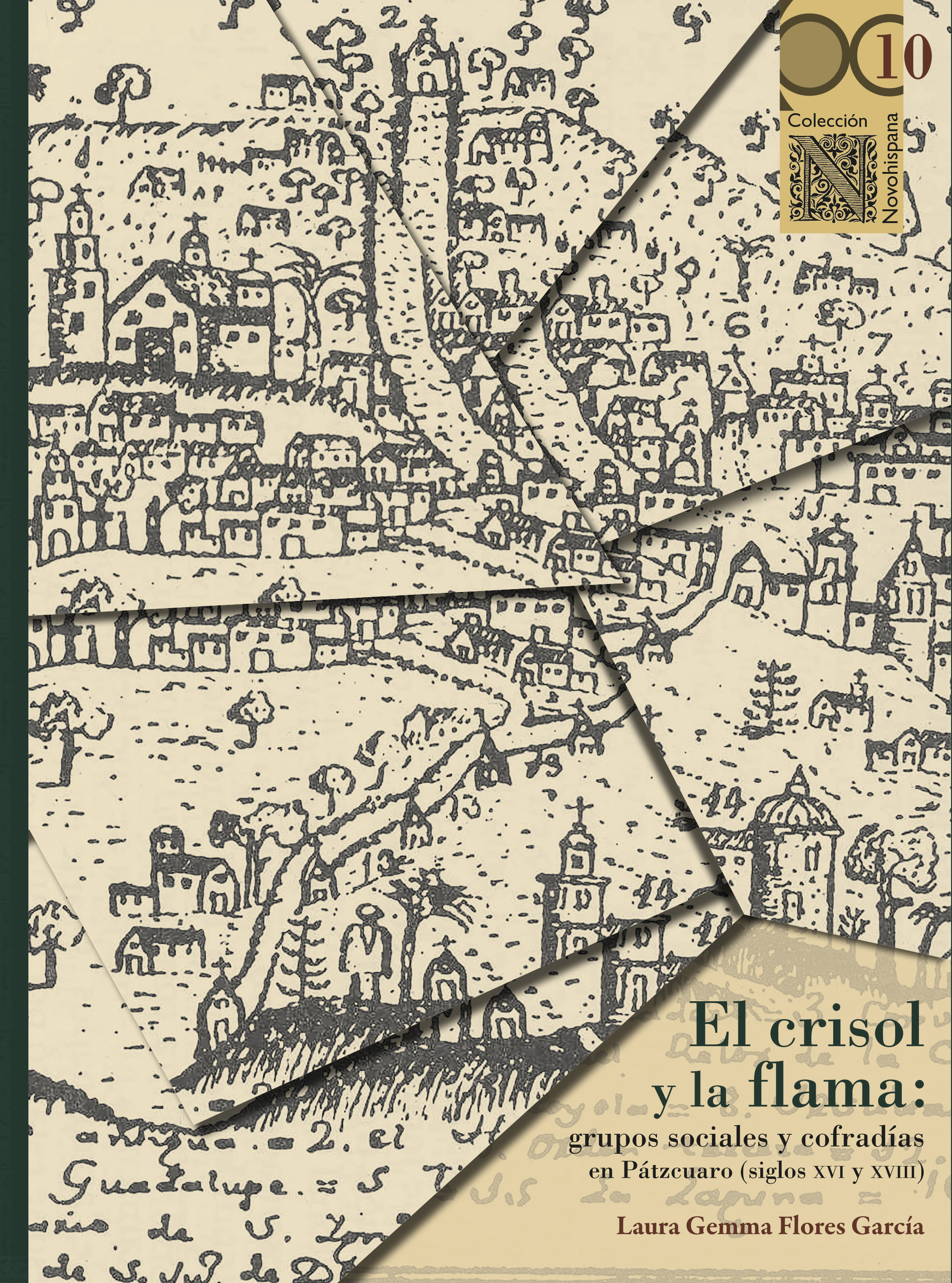 |
El Crisol y la Flama: Grupos Sociales y Cofradías en Pátzcuaro (Siglos XVI y XVI Flores García, Laura Gemma Bonilla Artigas Editores |
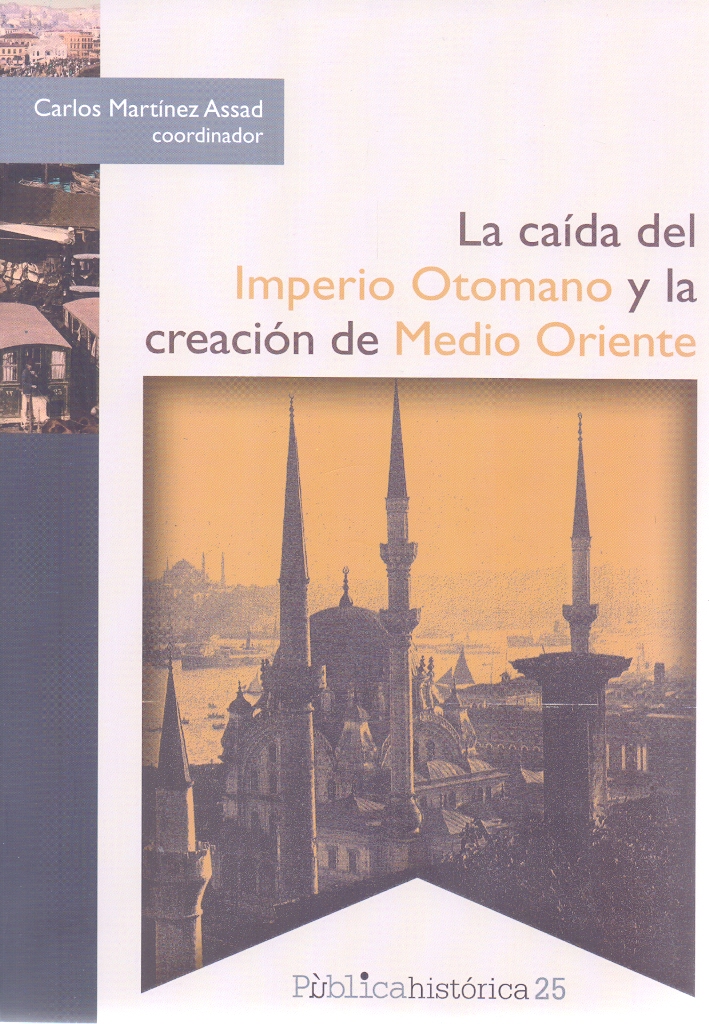 |
La Caída del Imperio Otomano y la Creación de Medio Oriente Carlos Martínez Assad Bonilla Artigas Editores |
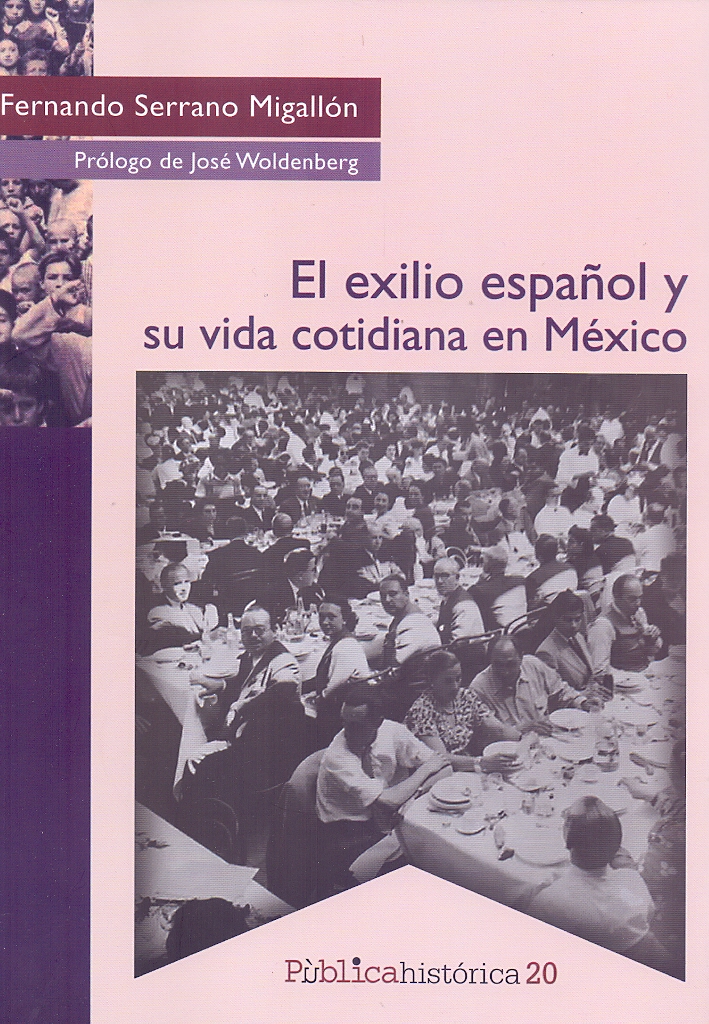 |
Exilio Español y Su Vida Cotidiana en México, El. Serrano Migallón, Fernando; Woldenberg José Bonilla Artigas Editores |


|
Título: Medieval Violence: Physical Brutality In Nothern France 1270-1330 | |
| Autor: Skoda, Hannah | Precio: $900.00 | |
| Editorial: Oxford University Press | Año: 2013 | |
| Tema: Historia | Edición: 1ª | |
| Sinopsis | ISBN: 9780198737872 | |
| Medieval Violence provides a detailed analysis of the practice of medieval brutality, focusing on a thriving region of northern France in the late thirteenth and early fourteenth centuries. It examines how violence was conceptualised in this period, and uses this framework to investigate street violence, tavern brawls, urban rebellions, student misbehaviour, and domestic violence. The interactions between these various forms of violence are examined in order to demonstrate the complex and communicative nature of medieval brutality. What is often dismissed as dysfunctional behaviour is shown to have been highly strategic and socially integral.
Violence was a performance, dependent upon the spaces in which it took place. Indeed, brutality was contingent upon social and cultural structures. At the same time, the common stereotype of the thoughtlessly brutal Middle Ages is challenged, as attitudes towards violence are revealed to have been complex, troubled, and ambivalent. Whether violence could function effectively as a form of communication which could order and harmonise society, or whether it inevitably degenerated into chaotic disorder where meaning was multivalent and incomprehensible, remained a matter of ongoing debate in a variety of contexts. Using a variety of source material, including legal records, popular literature, and sermons, Hannah Skoda explores experiences of, and attitudes towards, violence, and highlights profound contemporary ambiguity concerning its nature and legitimacy |
||
Librería Bonilla SA de CV © Todos los derechos reservados. 2019
Última actualización: Jul 2019



